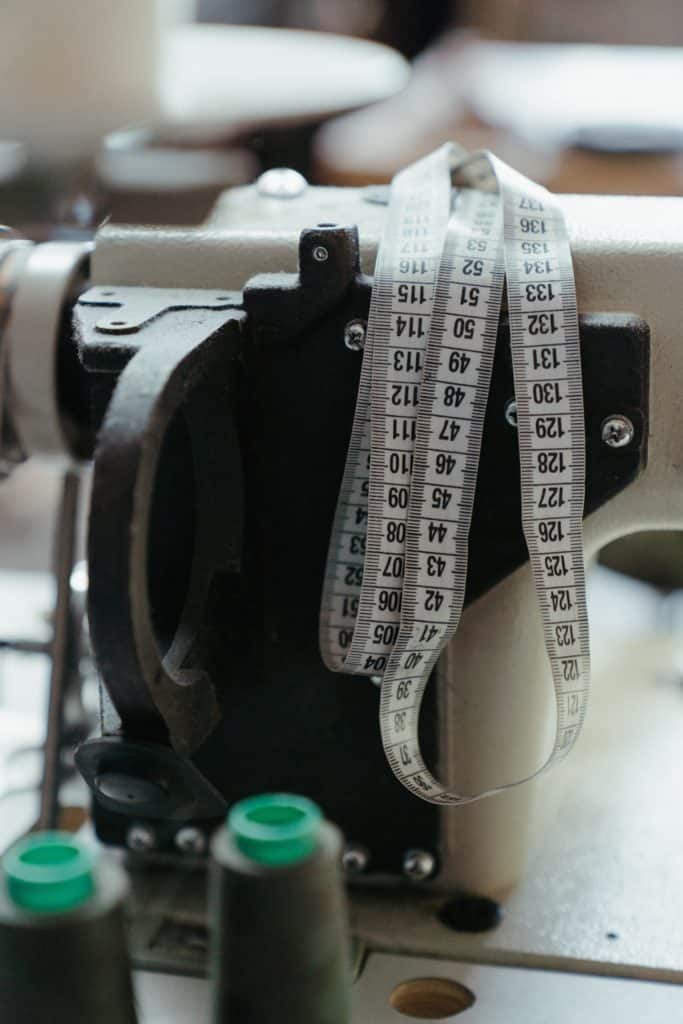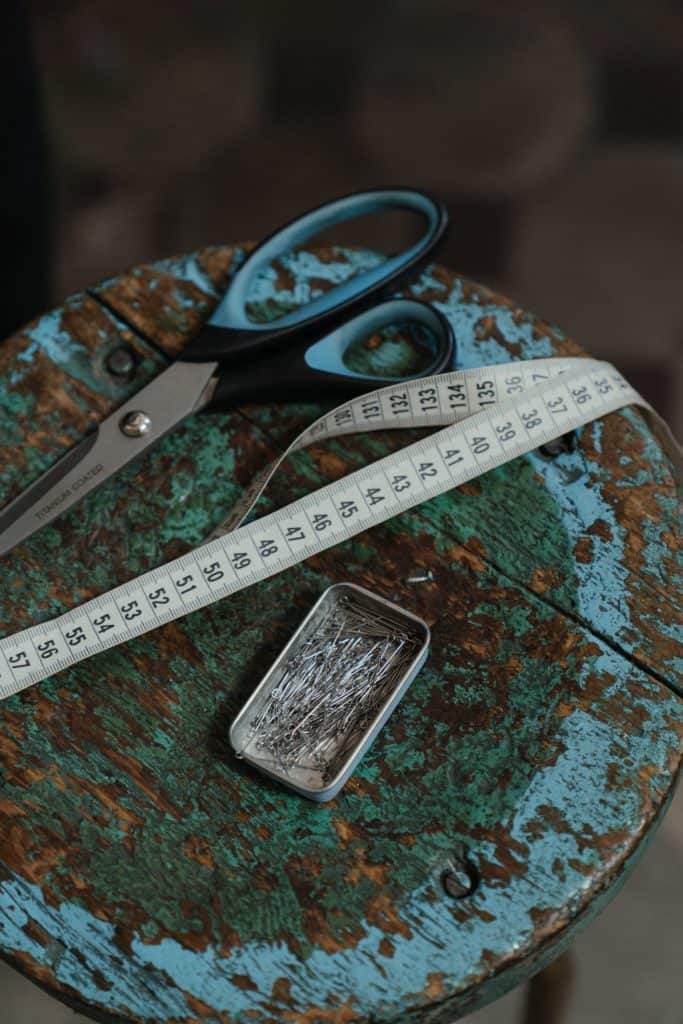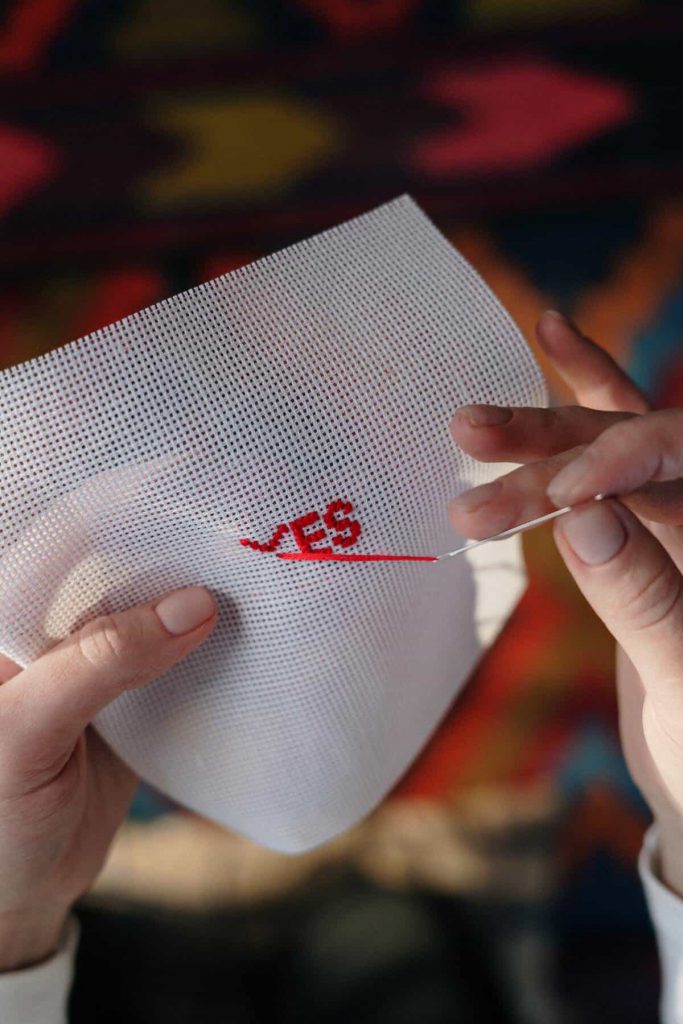Imperial Ruler for Free
Settings
DPI/PPI : right?
scale ratio :
(1"=1'-0")
DPI/PPI Calculator
Set Pixels per inch :
Select ruler adjuster
Scan QR code and open it on your phone

Imperial Ruler in inches
If you’re looking for an online ruler in inches that works on any device, look no further than the Imperial Ruler! This ruler is perfect for those who need to measure things in inches but don’t have a physical ruler handy. With the Imperial Ruler, you can easily get accurate readings without worrying about losing or misplacing your ruler.
What is an Imperial Ruler?
An Imperial ruler is a ruler that uses the Imperial system of measurement. The Imperial system is used in many countries but is most commonly associated with the United Kingdom. The Imperial ruler is marked in inches, with each inch subdivided into smaller units. The smallest unit on an Imperial ruler is the 1/12th of an inch. There are also 1/16th, 1/8th, and 1/4th inch marks on an Imperial ruler.
The Imperial system is a great way to measure small objects. It is also a convenient way to measure larger objects. An imperial ruler can be used to measure anything from a small object to a large object. The only limitation of an Imperial ruler is that it can only be used to measure objects less than 12 inches (30 cm) in length.
If you need to measure an object longer than 12 inches, you will need to use a different tool. An imperial ruler is a great tool for measuring small objects, but it is not the only tool available. There are other rulers designed for measuring larger objects.
The Different Types of Imperial Rulers
There are different types of imperial rulers on the market today. Here’s a quick guide to help you choose the right one for your needs.
Inches Only: These rulers are ideal for measuring smaller objects or taking accurate measurements. They are also great for use in craft projects.
Metric rulers: Metric rulers are perfect for measuring larger objects or taking measurements in metric units. They are also useful for use in science and engineering projects.
Flexible rulers: Flexible rulers are perfect for measuring curved or irregular surfaces. They can also be wrapped around objects to make measurements.
Digital rulers: Digital rulers are perfect for taking accurate measurements. They can be set to measure in inches, centimeters or millimeters.
Pros and Cons of an Imperial Ruler
There are many different types of rulers on the market, but one type you may not have considered is an imperial ruler. Imperial rulers are designed to measure in inches, and they can be a great option for those who need to take accurate measurements. Here are some pros and cons of using an imperial ruler to help you decide if it’s the right type of ruler for your needs.
Advantages:
– Imperial rulers are very accurate, so you can rest assured that your measurements are accurate.
-They are easy to read and understand, so you won’t have any trouble taking measurements.
-They are durable and long lasting so you don’t have to replace your ruler in a hurry.
cons:
-Imperial rulers can be more expensive than other types of rulers.
-They may not be available in all stores, so you may need to order one online.
-They can be difficult to transport if you need to take your ruler with you on the road.
What are the dimensions of an imperial ruler?
When it comes to rulers, there are two different types of measurements to consider: metric and imperial. Metric rulers use the metric system, which is based on the International System of Units (SI). Imperial rulers, on the other hand, use the Imperial system of measurement, which is used in the United Kingdom, the United States, and some other countries.
The main difference between the two systems is that metric measurements are based on the meter while imperial measurements are based on feet and inches. As a result, an imperial ruler will have different markings than a metric ruler. For example, on an imperial ruler you will see that there are 12 inches in a foot, while on a metric ruler there are 100 centimeters in a meter.
Knowing the measurements on an imperial ruler is important if you must use one for school projects or work-related tasks. If you are unfamiliar with the imperial measuring system, it is best to learn how to read an imperial ruler before using one. This way you avoid errors when measuring something.
How to use an imperial ruler?
When it comes to finding the right size for your needs, an imperial ruler is a great option. This type of ruler is designed to work on any device, making it a versatile tool for a variety of measuring tasks. Here’s how to use an imperial ruler to get accurate measurements:
1. Place the ruler on the object you want to measure. Make sure the zero mark on the ruler is aligned with the edge of the object.
2. Use your finger or a pen to mark the spot on the ruler where the object ends.
3. Using a ruler, draw a line from the zero mark to your measurement mark. This will give you an accurate measurement in inches.
4. Repeat steps 1-3 if you want to measure something else.
Alternatives to the Imperial Ruler
There are a few alternatives to the Imperial ruler that can be used for different purposes. The first is an online ruler in inches. This can be used on any device and can be adapted to the needs of the user. The second is a physical ruler in inches. This can be used for a variety of tasks, but is not as easy to customize as the online ruler. The third is a tape measure. This can be used to measure larger objects, but is not as accurate as the other two options.
Conclusion
The Imperial Ruler website is a great resource for anyone who needs to measure something in inches. The site is easy to use and works on any device, making it a convenient option for anyone who needs to take measurements.

How to Read a Ruler in Inches/cm/mm?
Frequently Asked Questions
People also ask



















